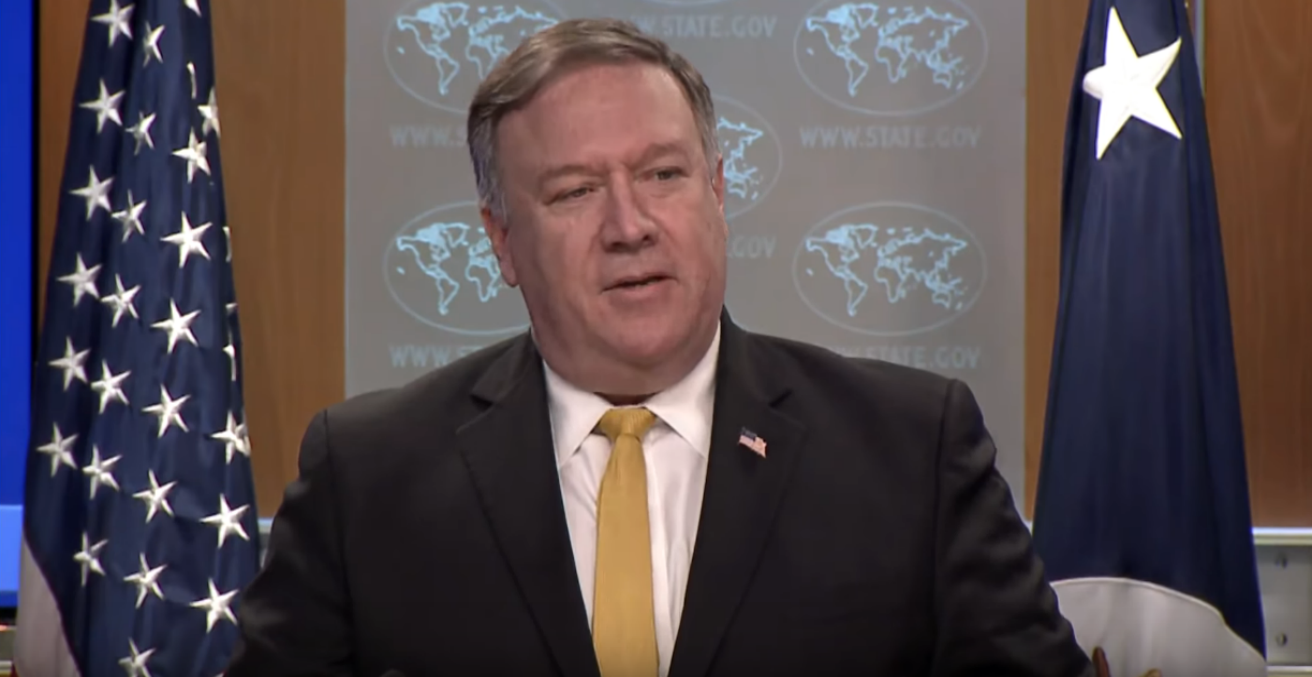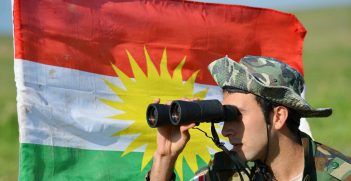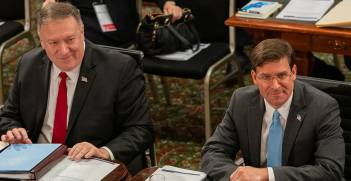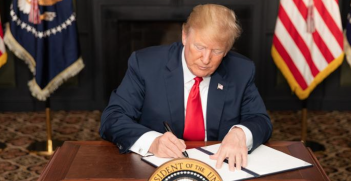The Iran Nuclear Deal: Can the Centre Hold?

With US sanctions being reimposed on Iran, the world faces a real prospect of nuclear anarchy returning to the Middle East.
On 26 September, a special high-level meeting of the United Nations Security Council dedicated to eliminating proliferation of weapons of mass destruction was chaired by the United States as Council President. As he had the day before in the UN General Assembly, US President Donald Trump used the occasion to lash out at Iran: “A regime with this track record must never be allowed to possess a nuclear weapon.” He went on to announce that the US was reintroducing all nuclear-related sanctions and “will pursue additional sanctions, tougher than ever before, to counter the entire range of Iran’s malign conduct. Any individual or entity who fails to comply with these sanctions will face severe consequences.”
The Iran deal at a tipping point
This follows from the US withdrawal in May from the Iran nuclear deal: the 2015 Joint Comprehensive Plan of Action (JCPOA) brokered by the Obama Administration which committed Iran, the five permanent members of the Security Council, Germany and the European Union to a series of measures to contain Iran’s nuclear activities. It includes an annex 29 pages long detailing what Iran is obliged to do: from re-purposing a research reactor, restrictions on its uranium enrichment activity, limits on its holdings of heavy water and restrictions on research and development activity.
Despite its withdrawal, the US remains adamant that Iran live up to its part of the bargain and is keen to see the continuation of the intensive inspection regime. To this end, it has not withdrawn its significant funding support for inspection activity.
How realistic is it to expect that Iran will continue to cooperate under the deal while the most powerful partner to the deal is reneging on its commitments? Much will depend on how the other parties – and other potential trade and investment partners – can deliver the desperately-needed economic benefits that Iran had been expecting from the deal. That, in turn, will depend on the effectiveness of US secondary sanctions. Even the threat of those sanctions is reportedly already having an impact.
On the other hand, Iran has been delivered an undreamed-of political gift: the US has wedged itself from its European and Asia-Pacific allies, leaving only Israel, Saudi Arabia and its Gulf state allies cheering. This gives Iran a huge incentive to stay the course.
Iran knows the alternative would be disaster for the Iranian economy and would potentially unleash regional tensions with overtones of nuclear anarchy. There is reason for optimism in the relatively temperate Iranian response to date. Iran has spoken positively about the continuing commitments of other partners, while insisting that in light of the US decision more needs to be done more quickly. It has toyed with rather than totally dismissing the US demand for a broader dialogue.
The role of the IAEA
One of the most important aspects of the Iran nuclear deal was the endorsement by the Security Council that the UN’s nuclear watchdog, the Vienna-based International Atomic Energy Agency (IAEA), “undertake the necessary verification and monitoring of Iran’s nuclear-related commitments for the full duration of those commitments under the JCPOA.”
Since “Implementation Day” in January 2016, the IAEA has been accorded unprecedented access and intensity of inspection. The IAEA’s Director General Yukiya Amano has reported quarterly to the IAEA’s Board of Governors on progress, and annually to the IAEA’s peak body the General Conference open to all 180 IAEA member countries.
Whatever the fate of the Iran nuclear deal, the IAEA’s reputation has been burnished. If the deal collapses it will not be because of the IAEA. The IAEA has done exactly what it has needed to do in the way of inspection activity: it has responded in a timely and very professional way to the recruitment and training demands arising from the rapid expansion of inspection activity required under the JCPOA and has maintained a disciplined and coherent approach to the drawing and presentation of conclusions. Its independence and professionalism have earned the respect of all parties, even if begrudging on the part of the US.
The costs for this activity were initially met predominantly from additional payments by willing IAEA member countries, particularly the United States. This reliance on extra-budgetary funding had undesirable political implications of undue influence on the independence of the IAEA in the conduct of inspections. Cleverly, over successive budget periods the funding for the inspections in Iran have been regularised.
The experience of the Iran inspection effort has strengthened confidence that, should circumstances permit, the IAEA would be well-equipped to undertake the even more demanding job of resuming safeguards activity in North Korea.
Last year, IAEA Director General Amano, a former Japanese diplomat, was reappointed by the General Conference for a further four-year term. Despite some inevitable critics, his cautious but clear leadership on the Iran issue continues to impress and helps reinforce the case for strong and generous support by Australia and others in the Indo Pacific to the UN’s indispensable nuclear watchdog as it prepares itself to tackle the de-nuclearisation of the Korean Peninsula.
John Tilemann is the director of research for the Asia-Pacific Leadership Network on Nuclear Non-Proliferation and Disarmament. He is a former career diplomat and was chief of staff to IAEA directors-general Hans Blix and Mohamed ElBaradei.
This article is published under a Creative Commons Licence. It can be republished with permission.





